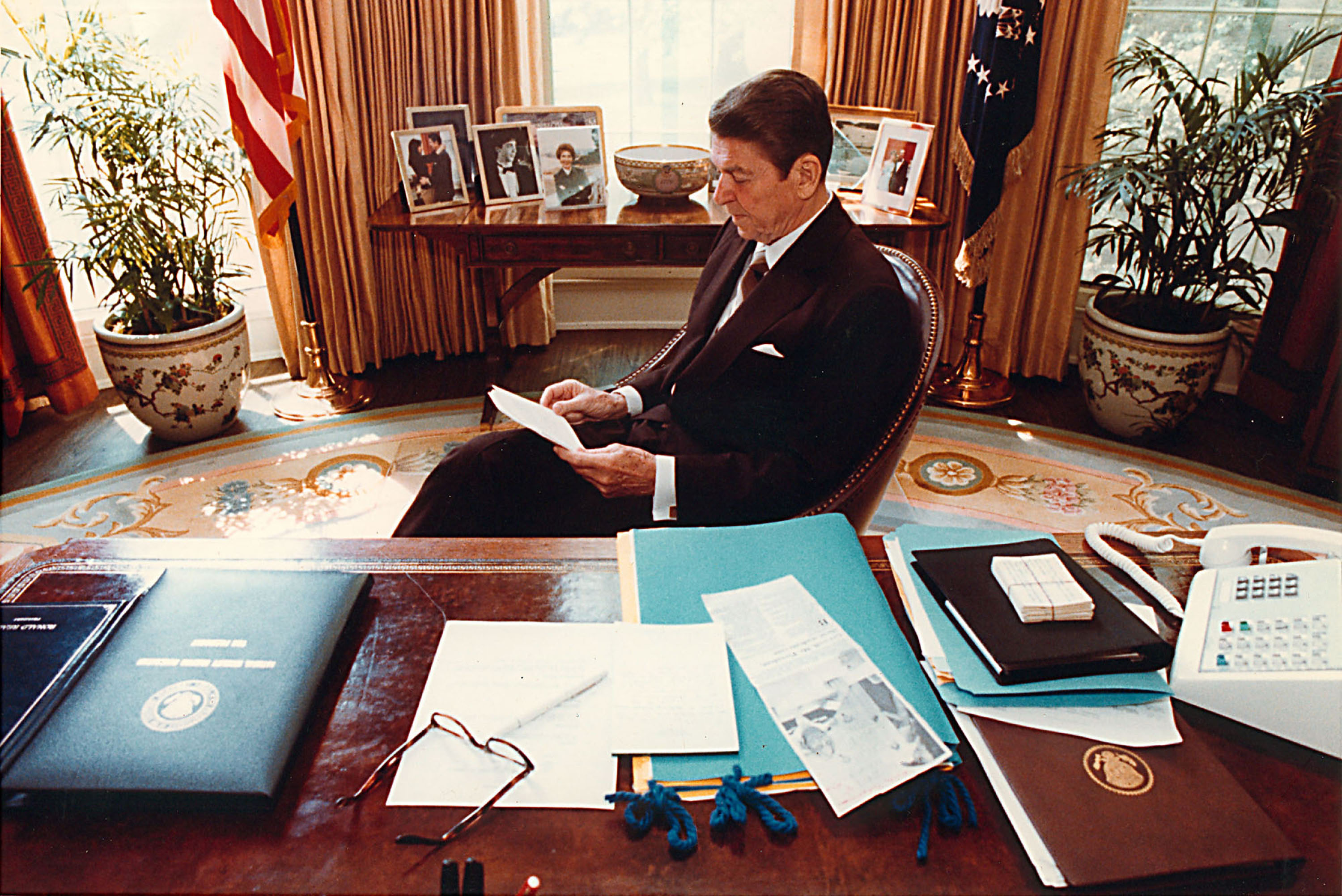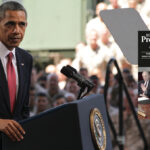
Don Snider reflects on his experiences in the drafting of the 1988 National Security Strategy (NSS) and what purpose that document serves. With Matt Scalia interviewing, Don describes the political context within which the NSS was written and the five audiences that the NSS must serve. He also discusses the challenges facing new Administrations in building political consensus and forging strategies that reflect the preferred agenda of the President.
[The National Security Strategy] is not really a strategy document. When everything is said and done, the National Security Strategy … is a political document of the first order. … Every Administration has to create political consensus internally and that’s what this document does.
Podcast: Download
Subscribe: Apple Podcasts | Spotify | Amazon Music | Android | Pandora | iHeartRadio | Blubrry | Podchaser | Podcast Index | TuneIn | Deezer | Youtube Music | RSS | Subscribe to A Better Peace: The War Room Podcast
Don Snider is a professor emeritus with the U.S. Army War College. Matt Scalia is a graduate of the U.S. Army War College resident class of 2017. The views expressed in this podcast are those of the participants and do not necessarily reflect the official position of the U.S. Army or the U.S. Government.
Photo Credit: Michael Evans/The White House/Getty Images





Hello Dr. Snider and COL Scalia,
Very interesting podcast!
Dr. Snider: Great points about balancing consensus and power, focusing on “the what” in order to get beyond the why (at least when moving the needle off E[mpty]), and emphasizing that people make policy (and perhaps war if we salute von Clausewitz). One formulation took me completely by surprise; you identified the five primary audiences for the National Security Strategy (NSS) as the Administration (presidential), the Congress, political parties (as representatives of the public [or their Election Day perceptions]), allies, and adversaries.
Given the Goldwater-Nichols mandate of “imposing jointness,” perhaps we could take these five strategic “senses” and add a “sixth sense” for the implementers of the strategy: the military forces. Perhaps the military audience was implied, but I was expecting the five audiences of the NSS to be the Army, the Air Force, the Navy, the Marines, and either the Coast Guard [or the public]. We could formulate consensus about the Administration (presidential), the Congress, political parties (as representatives of the public [or their Election Day perceptions]), allies, and adversaries.
We could even cobble together a beltway acronym: PAAMAC (the public, allies, adversaries, military, the Administration, and the Congress) or MACPAA – placing the military, the commander-in-chief, and the Congress before the Public, the Allies, and the Adversaries. PAAMAC could be the peacetime model and MACPAA could be the wartime posture. Ma and Pa often switch roles, as needed, both in government and by the home fires. In any case, I believe jointness has become very well “oiled”; only a few of us can remember the parochial days of the past (Army – Navy football games excepted).